Custom sports apparel is in demand. Besides, consumers want sportswear that they can customize through self-designing. This apparel is not only for athletes or sports fans but has also become a fashion symbol for young people.
Are you ready to start a custom apparel business for higher returns? Integrate sportswear design software with your online store. In this guide, we’ll explain twelve steps to beginning a custom sports apparel business.
The most popular industry with uniform needs
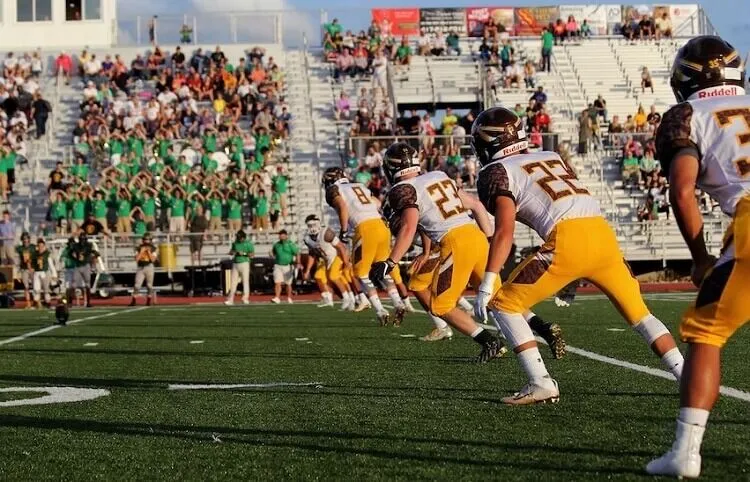
Sportswear is a popular industry because of its practicality and toughness. Like a military uniform, it is long valued for its rugged characteristics. Moreover, the constant need for convenience, comfort, and safety force people to buy sportswear.
The growth of the ‘Athleisure’ trend, a combination of athletic and leisure clothing, makes it effortless to transition between relaxation and exercise. Sportswear protects its wearer against elements and risk of injury and improves performance.
Growth Potential of Custom Sportswear Market
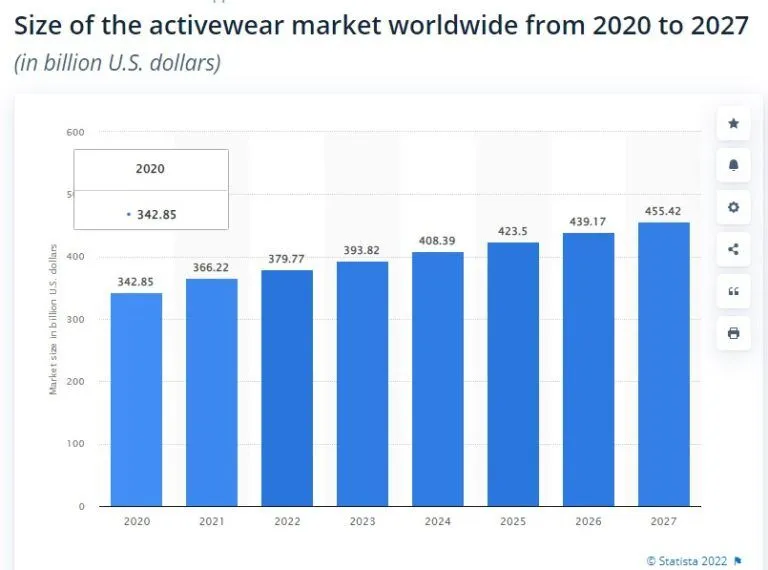
In 2018, the customs sports market value saw a foreseeable rise of $248.1 billion by 2026. But the global sports apparel market value reached a whopping $471 billion in 2021, surpassing the prediction of 2026.
The covid pandemic is a primary reason behind this explosive growth. People working from home saw the importance of maintaining a healthy and active lifestyle.
In 2022, sportswear has become a rage and shows no signs of abetting. Self-created designs are also expected to rock the world in the upcoming years.
Start Your Own Business and Sell Custom Sport Teamwear
Are you ready to dive into the exciting world of starting a sports apparel business?
With the opportunity to sell custom sport teamwear, you can turn your passion into a profitable venture.
Here are the twelve steps you can adopt to start a custom sports apparel business:
1. Understand your market
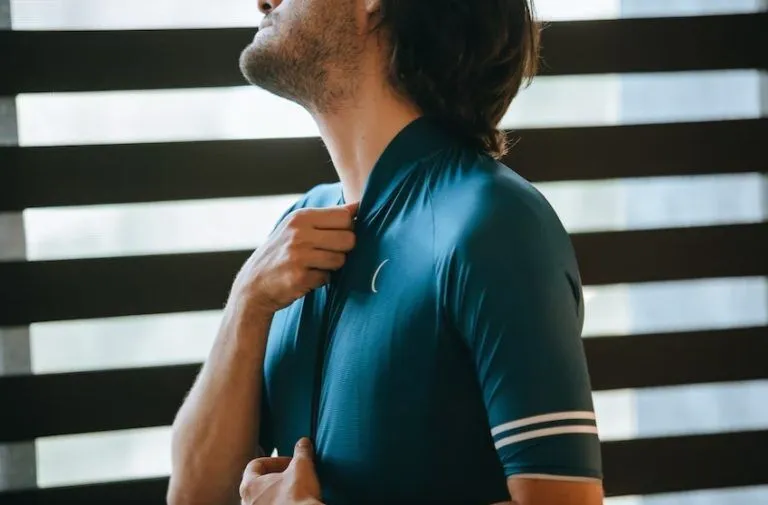
First, develop a business plan that will act as a roadmap for achieving your goals in the upcoming years.
Once you’ve made the plan, understand the consumer for whom you are designing custom sportswear. Assess their buying behavior, lifestyle, and preferences.
Everything from your designs to fabric choices, store to budget, and production should cater to your consumer.
Moreover, research your competitor’s branding and marketing that you like. Learn how they engage with their target customers.
2. Decide on your niche
The next step is to find your niche in the custom sportswear market, meaning what you want to design in sportswear. Polo shirts, or golf, and basketball wear or tracksuits for exercise?
Your business can only be successful if you identify the problems in the sportswear market and design products to fix that problems.
You may also be interested in reading: How Video Ads Can Help in Increasing Print Sales
3. Build a network

Source fabric by building a network in the sportswear industry. Access contacts of fabric wholesalers, mills, and agents. While starting, join designer communities, and attend live events and meetup groups. Moreover, create your own unique designs
4. Create your brand
Creating a brand does not mean creating a logo. It means creating a brand guideline for your brand values, missions, and goals. A guideline will help you make informed decisions and set visual directions.
It will dictate your marketing strategies and website design process. You can use social media to share inspirational stories about your custom sportswear brand and its mission statement.
5. Start manufacturing
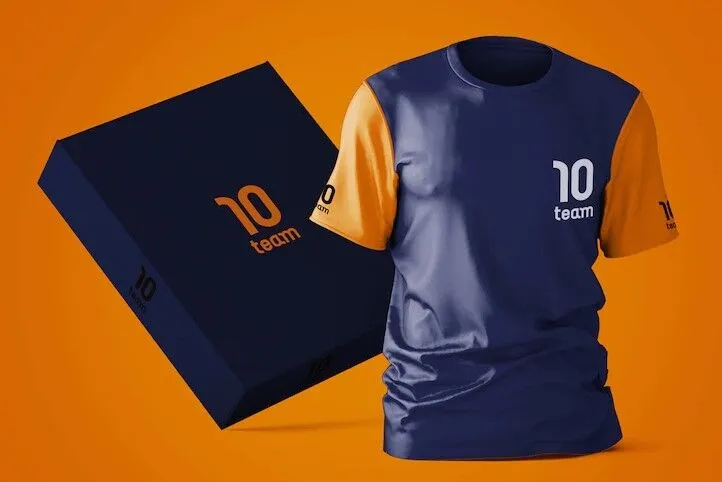
In the early days of your brand, you may not need a sportswear manufacturer. But when your business scales up, you’ll need to partner with a reliable manufacturer.
This will free up your time for focusing on other aspects of design. While seeking a manufacturer, always check their trustworthiness, quality, and minimum order quantity and costs.
You can manufacture custom sportswear designs in several ways, such as outsourcing to a local or overseas factory. Also, you can manufacture designs in your own production facility or through hired staff.
6. Design an ecommerce website
A website has the potential to sell to your potential customers directly. It will also work as a key element in your marketing strategy. You can share your website link on social media and with your buyers.
Choose an E-commerce platform from many available such as Shopify or WooCommerce, and pick a sportswear theme to design your website. Add photos, logo, and customize design elements before adding products.
You can find hundreds of sportswear apps to add personalization and change the look and feel of your website. The apps will also help you in solving issues like fit and size.
7. Integrate an efficient product customization tool
Once your website is complete, integrate a web-to-print online designer into your online store. This will help your customers customize or upload their designs to create personalized sportswear.
With hundreds of editable design templates, the online designer offers, your customers’ interest in your products will never wane. A print-ready file of these designs will allow faster production and save your time and the cost of manufacturing designs.
Design’N’Buy provides easy to integrate plug-in of such design tool which you can integrate with your website built on any platform.
8. Price your products right
Once you’ve found the materials and a manufacturer, you’ll better understand what your business will cost you to start. Afterward, price your products by balancing making a profit and what your customers are willing to pay.
Here your market research can help you because you would already know about the demographics, consumer spending, and behavior.
Check out Magento, Shopify, BigCommerce, Woocommerce for your ecommerce site. Plugin for Online Print Shops. This is a game-changer solution.
9. Test your product
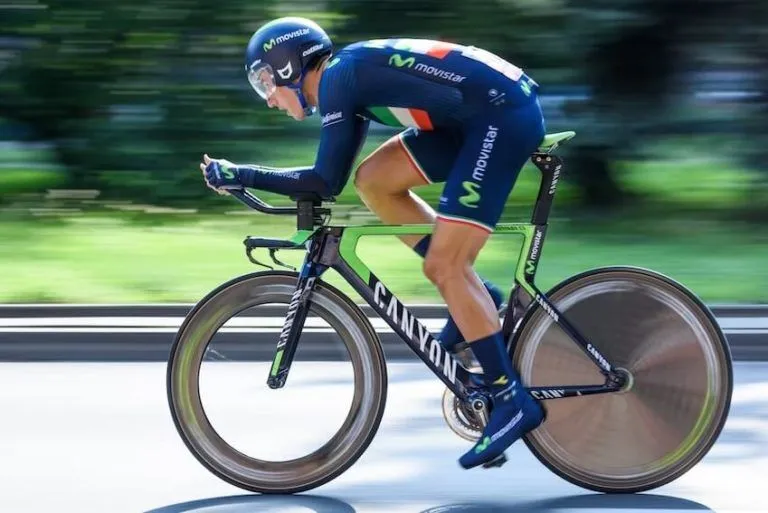
Never forget to test your sportswear. Apparel testing will assess the quality, tensile and tear strength, water resistance, and sportswear performance. This will ensure that it meets the set market standards.
10. Launch your product
Once you’ve created your sportswear line and set up pricing, you’re ready to launch your products. You can choose to sell custom sportswear both in a brick-and-mortar store and on your website.
But we suggest selling the sports apparel online first as it will be more manageable and affordable. Once your business is flourishing online, you can choose a physical location for your brand.
Ready to create your first print business? Start your free 14-day trial of DesignO. You need to start, run, and grow your business!!
11. Begin marketing and start selling

You don’t need a huge marketing budget to attract a target audience and sell sportswear. So, diversify your sales channels by marketing and selling sportswear through social media.
Platforms like Facebook and Instagram allow greater transparency and connection with the target audience.
Share consistent brand stories, and ensure your marketing campaign aligns with your brand’s values. You can even consider selling to departmental stores or larger resellers.
12. Scale up
Once you’ve completed your initial business goals, it’s time to scale up. There are several ways you can grow your custom sportswear. Devise a marketing strategy and offers promotional sales and discounts.
Choose SEO and increase your customer base through organic and paid ranking. But don’t forget to find the right balance between your growth and funding. After all, you don’t want to run out of funds.
Conclusion
The sportswear industry is vast and growing consistently. Not only athletes but young and older adults alike want to buy sportswear. Customization is the key to a sports apparel business, as consumers are willing to pay more for personalized products.
Sportwear with self-created designs is in huge demand. Hence, starting a custom sportswear business can bring more returns. But you’ll have to produce unique products to rank first among your competitors.
Apparel customization software with a 3D design studio like Design’N’Buy will allow your customers to edit or customize their own sportswear. It also offers multiple customization options so customers can change fonts, and colors, add clip art, and preview and print designs.
We hope this guide provides you with all the answers to the question; we’ve got you covered:
Step-by-Step Guide to Starting An Online T-shirt Printing Business in 2024
How to Start an Online Clothing Store on Amazon with Print-on-Demand
How To Start Your Online Print Shop On BigCommerce
FAQ
Most Frequently Asked Questions and Their Answers
A custom sports apparel business is a venture that specializes in designing, manufacturing, and selling personalized sports clothing and accessories. These items are tailored to meet the unique requirements and preferences of individual customers, sports teams, clubs, or organizations.
To handle the customization process effectively:
- Offer a range of customization options such as color, fonts, logos, and player names/numbers.
- Develop a user-friendly online design tool or work closely with customers to understand their specific customization requirements.
- Provide clear guidelines or templates for customers to submit their custom designs or logos.
- Assign a dedicated customer service representative to assist customers with their customization requests and provide design recommendations if needed.
- Regularly communicate with customers throughout the customization process to ensure their satisfaction.
Some common challenges when starting a custom sports apparel business include:
- Intense competition from established brands and local suppliers.
- Managing inventory and ensuring a wide range of sizes and designs to cater to various customer preferences.
- Maintaining consistent quality control throughout the manufacturing process.
- Balancing production costs with competitive pricing to remain profitable.
- Building brand awareness and attracting customers in a saturated market.
- Managing customer expectations and delivering orders within the specified timeframe.
- Staying updated with evolving sports trends and customer demands.
Do you have any more questions? Contact our experts




